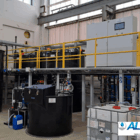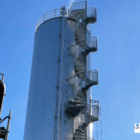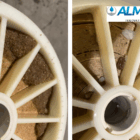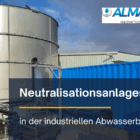Excess sludge is a central concept in biological wastewater treatment and occurs as a by-product during the treatment of wastewater in activated sludge plants and other biological processes. It consists primarily of microorganisms that break down organic substances from the wastewater and convert them into biomass. As the biomass is constantly multiplying due to the growth of the microorganisms, excess sludge is continuously produced, which must be removed from the treatment system in order to maintain the biological treatment process.
In industrial plants, especially in the biological wastewater treatmentthe handling and treatment of excess sludge is a challenge both technically and economically. Proper treatment is critical to minimize disposal costs, reduce environmental impact and recover energy and nutrients where appropriate.
Table of contents
Formation of excess sludge
The excess sludge is produced in biological wastewater treatment processesin which microorganisms break down organic compounds from the wastewater. The sludge mainly consists of:
- Active biomass:
- Living microorganisms such as bacteria and fungi that decompose organic matter and convert it into biomass.
- Inactive biomass:
- Dead microorganisms that no longer participate in the decomposition process.
- Organic residues:
- Organic substances that are not completely degraded or are difficult to degrade.
- Mineral components:
- residues such as sand, lime or dissolved metal salts that precipitate during the process.
Sludge growth is a natural effect of microorganism multiplication: as the microorganisms clean the wastewater, they absorb the nutrients and energy they contain and divide, creating additional biomass. The higher the organic load in the wastewater, the greater the amount of excess sludge produced.
Characteristics of excess sludge
Excess sludge has different compositions depending on its origin and biological treatment plant. Typical characteristics are
- Water content: Very high, around 95-99 %, which results in a large volume.
- Dry matter content (DM): Varies between 0.5 % and 2 % depending on the plant.
- Organic content: The proportion of organic matter is around 60-80% of the dry matter.
- Density: Varies greatly depending on the solids and mineral residues contained.
In practice, excess sludge is a voluminous, water-containing material that must be treated and dewatered before disposal or further recycling.
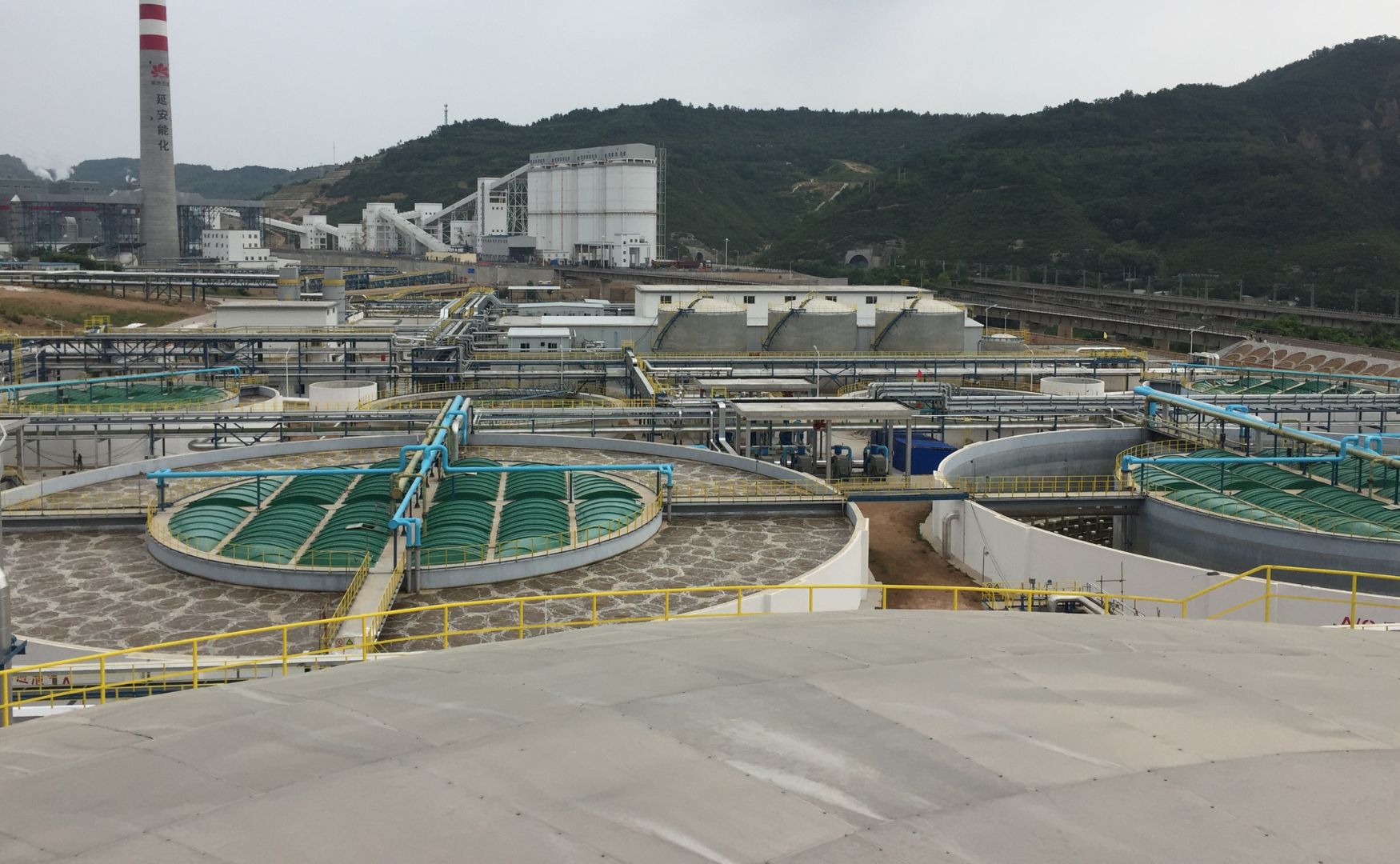
Photo: Excess sludge is produced in biological wastewater treatment plants, such as here in the aerobic treatment of wastewater from a refinery (process: ALMA BHU BIO)
Treatment of excess sludge
The treatment of excess sludge is a multi-stage process that aims to reduce the volume, stabilize the organic content and minimize disposal costs. The most important steps are
1. thickening
Before further treatment, the excess sludge is thickened by gravity sedimentation or mechanical processes such as belt filter presses or centrifuges. The aim is to reduce the water content and increase the solids concentration to 4-8 % DM.
2. stabilization
During stabilization, the organic content of the sludge is broken down to prevent odours and reduce biological activity. Two processes are commonly used:
Aerobic stabilization:
- The sludge is treated under aerobic conditions (with oxygen) so that the organic substances are broken down further.
- Disadvantage: High energy consumption due to ventilation.
Anaerobic stabilization (digestion):
- The sludge is treated under anaerobic conditions in closed digesters. This produces biogas (methane and CO₂), which can be used to generate energy.
- Advantage: Energy generation through biogas and reduction of the organic content by up to 50 %.
3. drainage
The amount of sludge is further reduced by mechanical dewatering in order to increase the solids concentration to 20-30 % DM. Frequently used processes are
- Chamber filter pressesPressure filtration for the separation of water.
- Centrifuges: Use of centrifugal force to separate water and solids.
- Screw presses: Continuous pressing of the sludge for water removal.
The dewatered sludge has a dough-like consistency and can be disposed of more cost-effectively or recycled further.
4. drying (optional)
For particularly high volume reduction requirements, the dewatered sludge is additionally dried, which increases the solids content to up to 90 % dry matter. However, drying processes require a high amount of energy and are therefore only used for special applications.
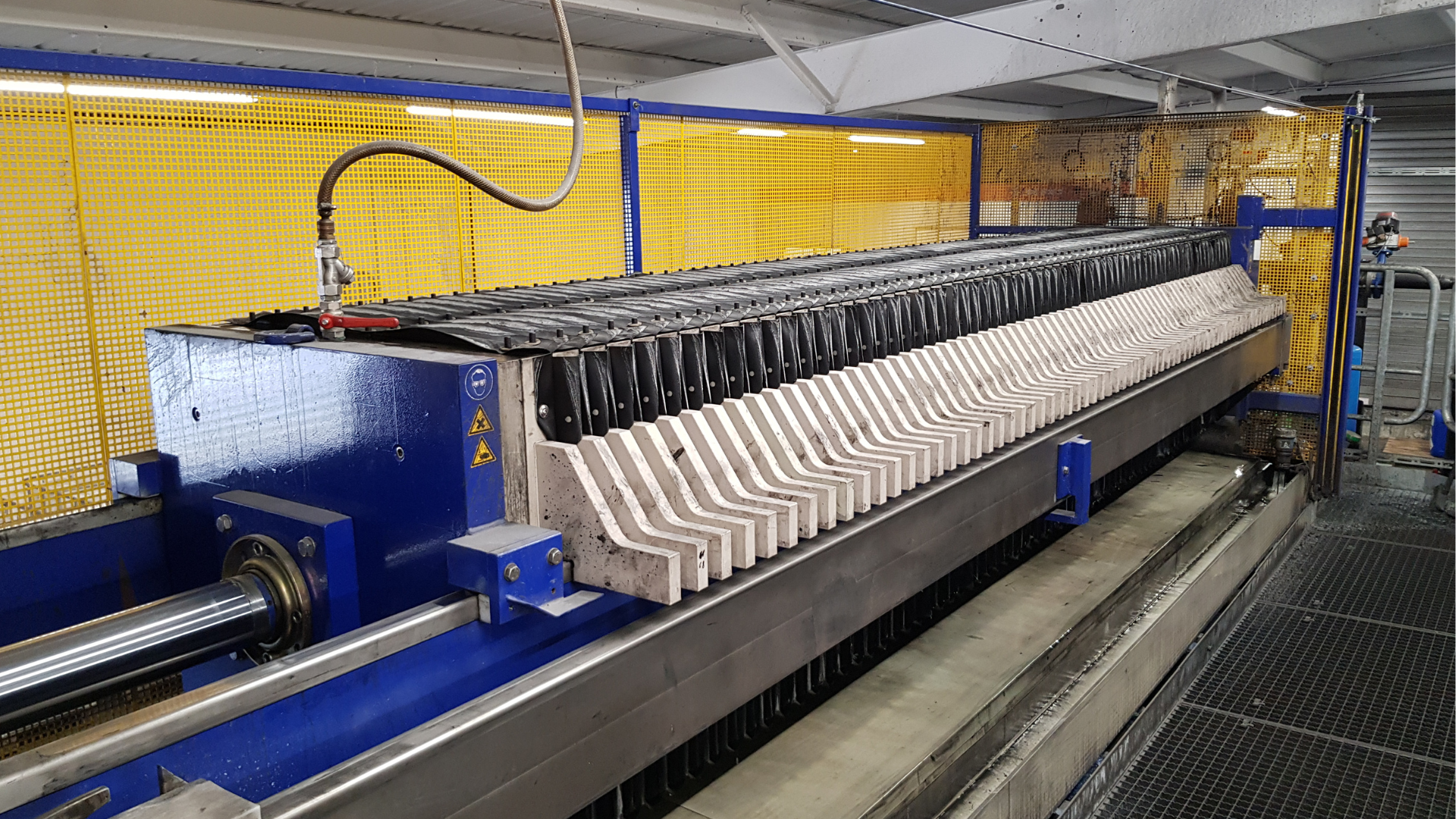
Photo: Our ALMA CFP chamber filter press
Disposal and recycling of excess sludge
After treatment, the excess sludge can either be disposed of or recycled for material or energy recovery:
Landfill:
- Only possible with stabilized and dewatered sludge. However, this is increasingly restricted due to strict environmental regulations.
Combustion:
- Thermal recycling to reduce volume and generate energy.
Biogas production:
- Biogas produced in digesters is used in combined heat and power plants (CHPs) to generate electricity and heat.
Fertilizer production:
- With the appropriate nutrient content, the sludge can be used in agriculture after appropriate treatment. However, strict limits for heavy metals and pollutants must be observed.
Importance of excess sludge in practice
Excess sludge plays a central role in biological wastewater treatment plants:
- Operational stability: Controlled removal of excess sludge ensures the efficiency of the biological treatment processes.
- Cost efficiency: Disposal costs can be significantly reduced by reducing the volume of sludge and targeted recycling.
- Environmental compatibility: Proper treatment and disposal of excess sludge protects the environment and meets legal requirements.
Conclusion
Excess sludge is an unavoidable by-product of biological wastewater treatment. Its formation requires continuous removal, stabilization and treatment in order to ensure the operational efficiency of the wastewater treatment plant. Targeted processes such as thickening, stabilization, dewatering and energy recovery reduce the volume of sludge and enable it to be handled economically and ecologically. The energetic use of biogas and the reduction of disposal costs contribute to the fact that modern sludge treatment technologies make an important contribution to sustainability in industrial water technology.
For further information on our products, please feel free to contact us at any time!




